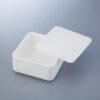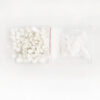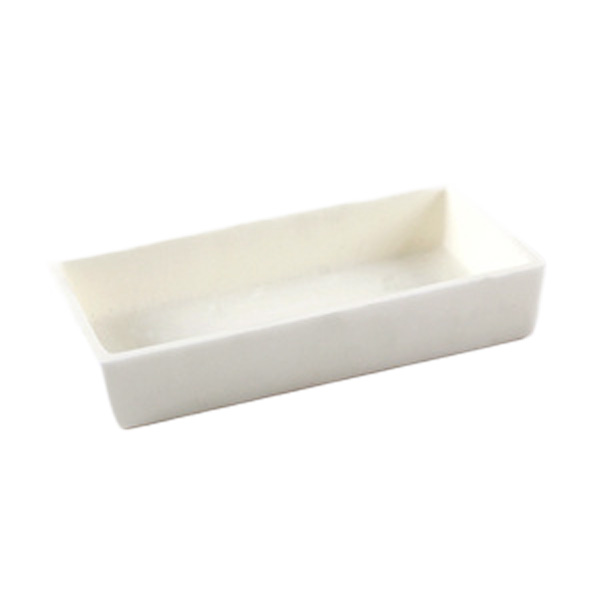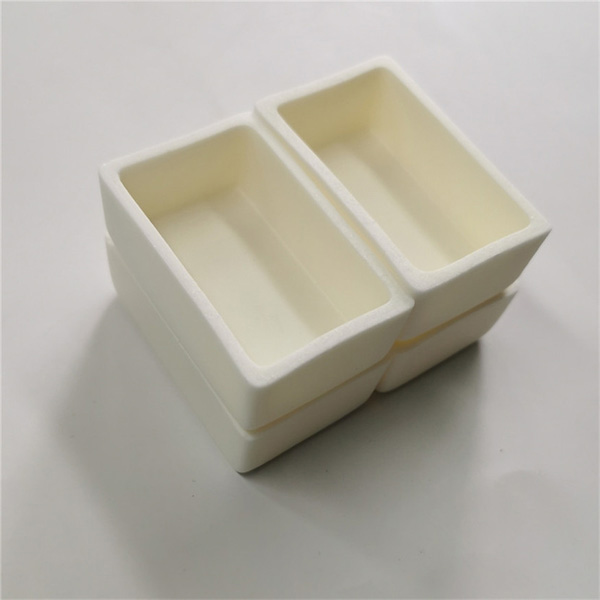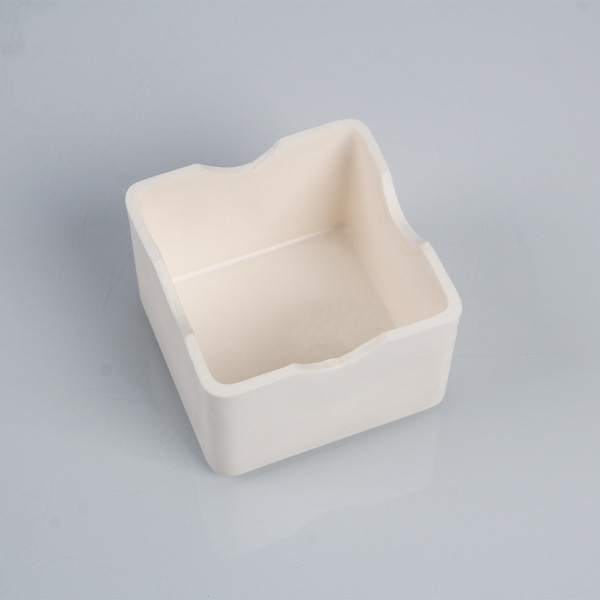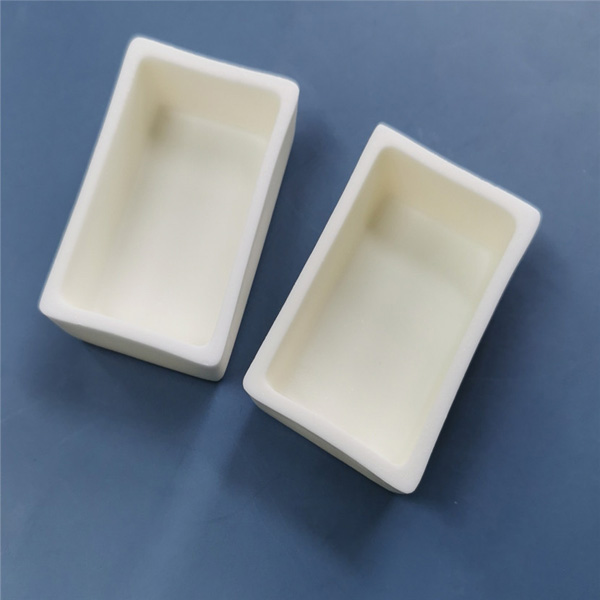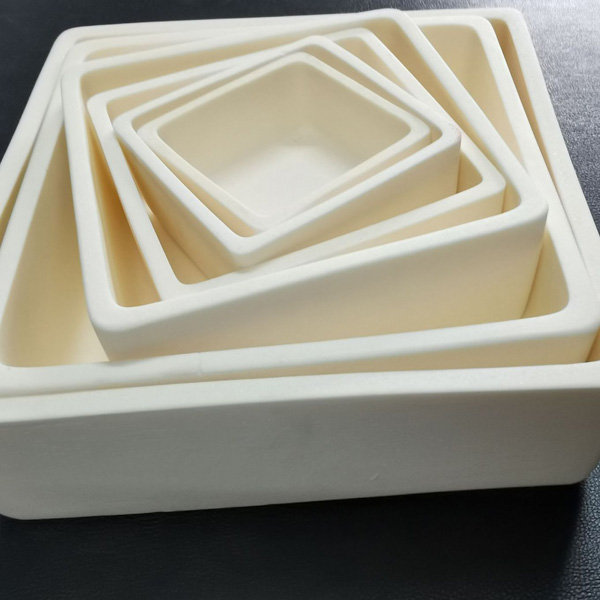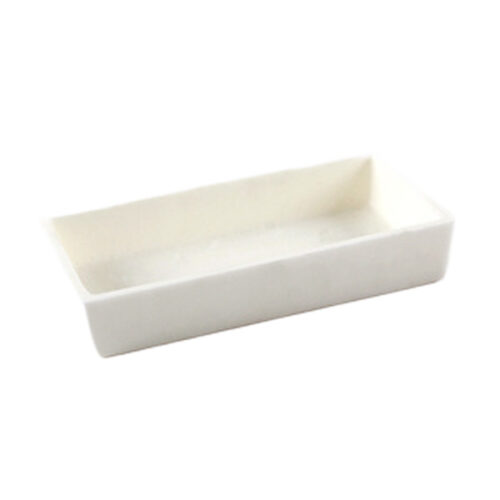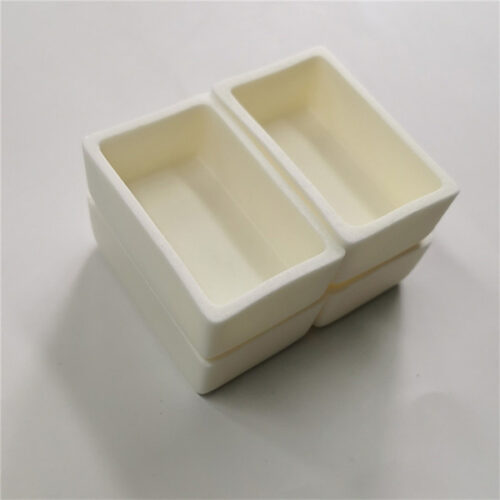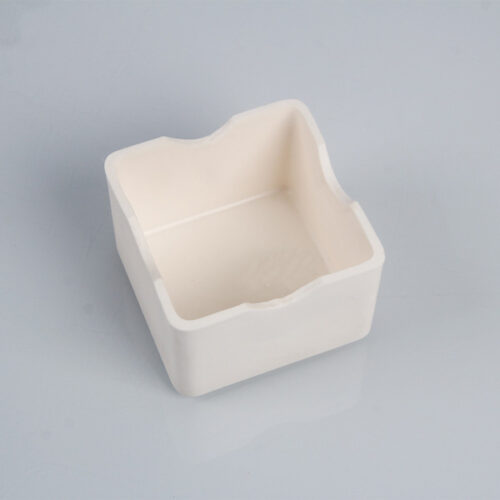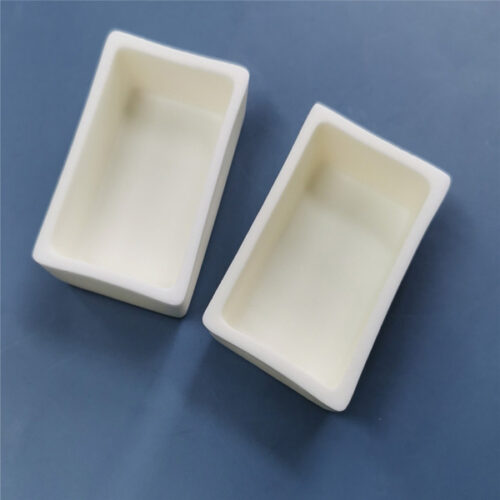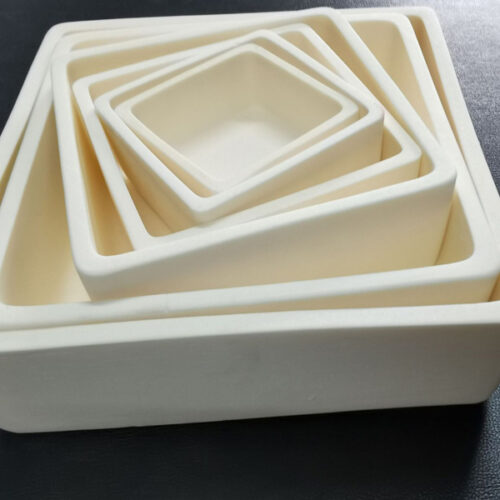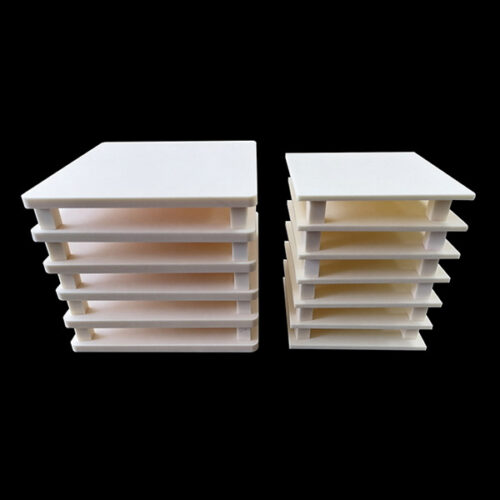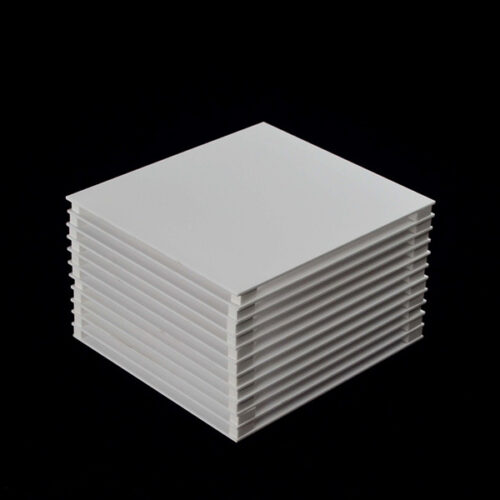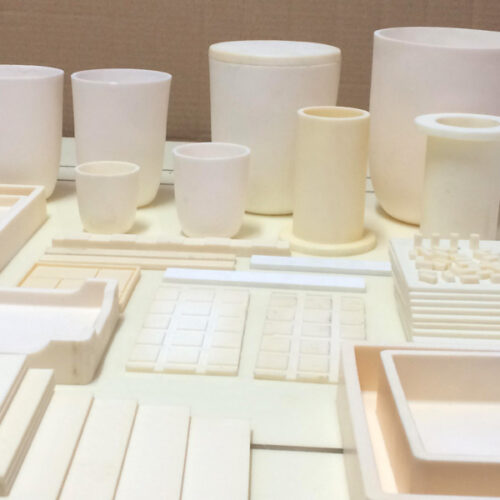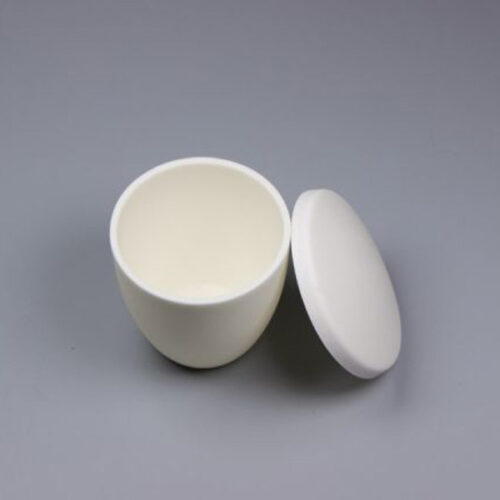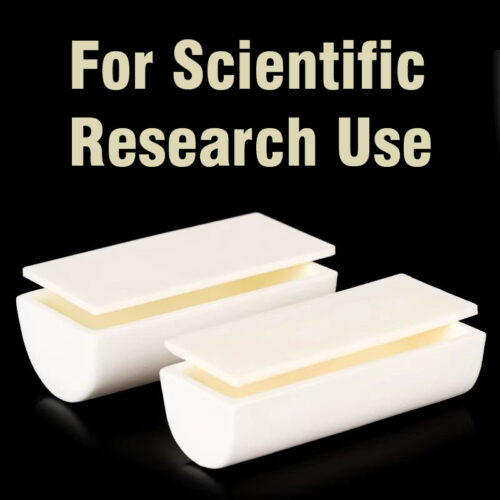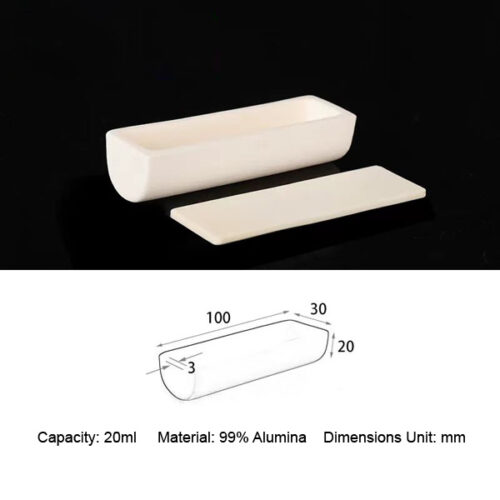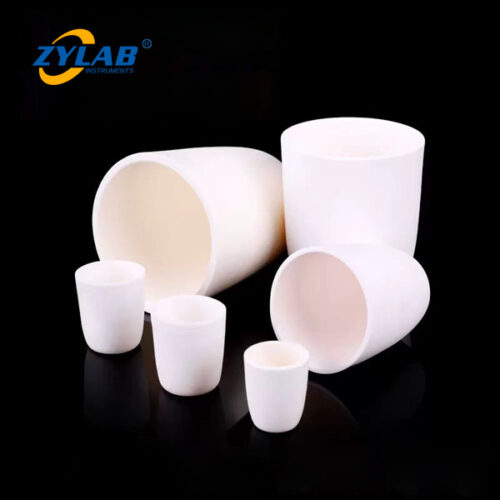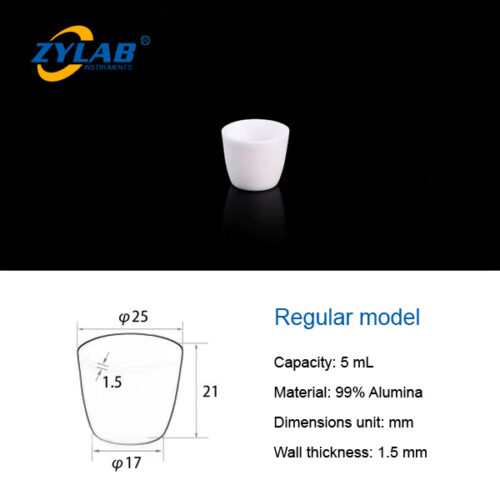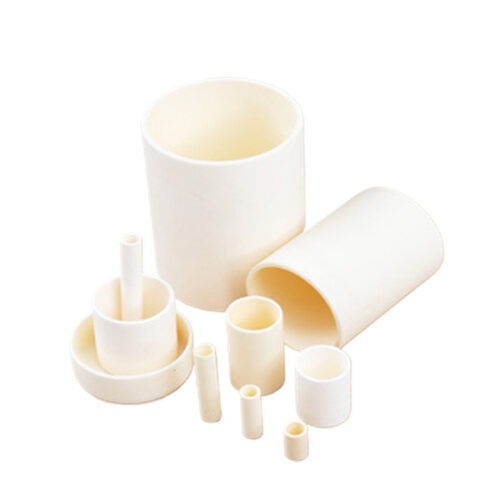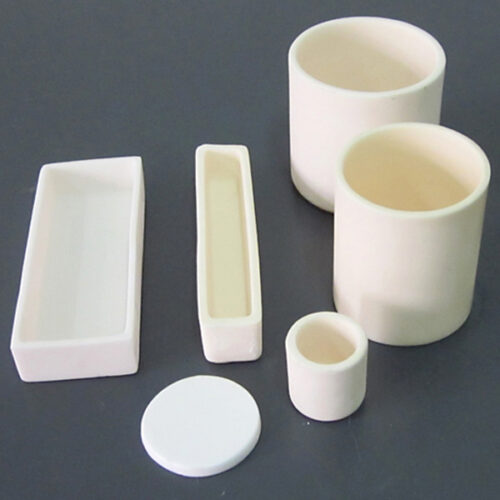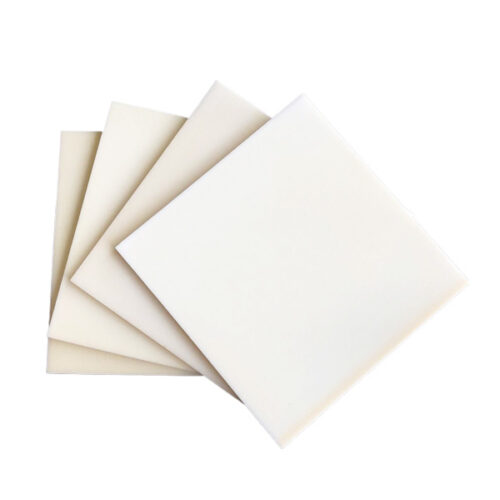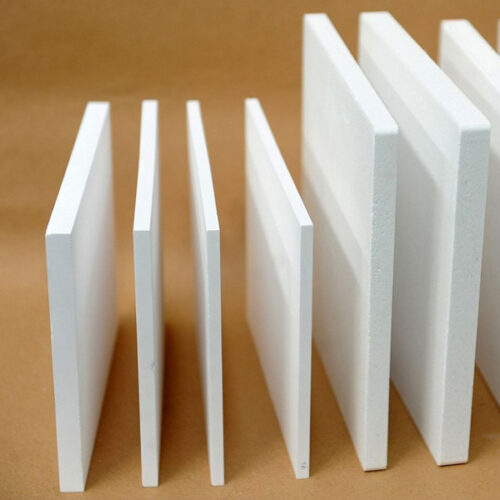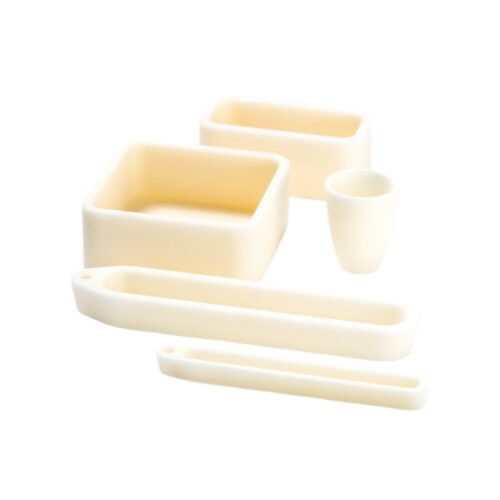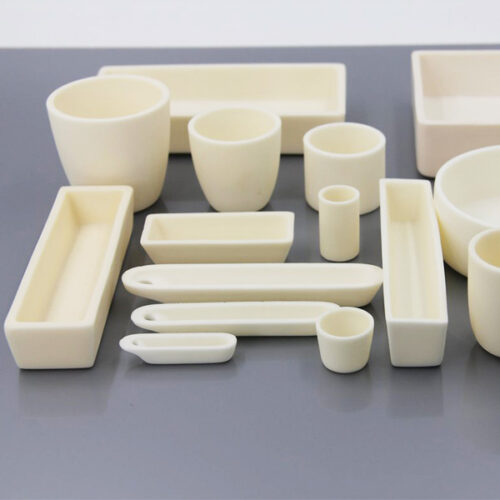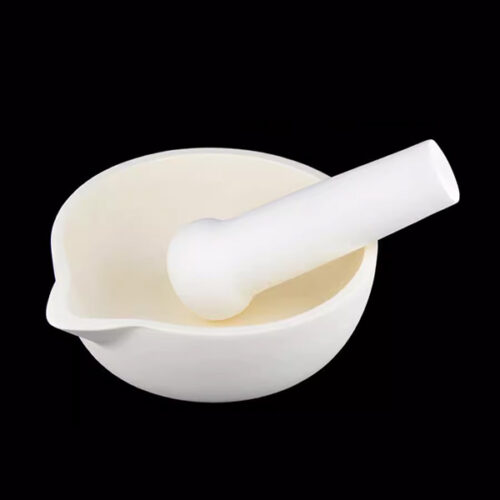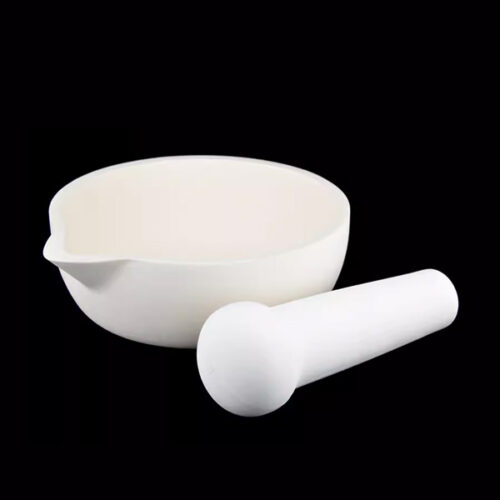Square Alumina Ceramic Crucible Boat
Introduction:
Square alumina boats are crucibles used for high-temperature melting of metals, ceramics, or other materials. They are made of alumina (aluminum oxide) material, which exhibits excellent properties of high temperature resistance, corrosion resistance, and wear resistance.
The shape of square alumina boats is usually rectangular or square, with occasional options for other shapes. They can withstand extremely high temperatures, typically usable in temperatures ranging from 1500°C to 1800°C, making them suitable for various high-temperature experiments and melting processes.
Square Alumina Boat Manufacturing Process:
1. Making the mold for the product.
2. Making the raw body of the crucible.
3. Putting the finished raw body into the kiln for firing.
4. Sorting and storing the crucibles after they pass the inspection.
Advantages:
1. The product material is 99% alumina (Al2O3 > 99%), with high purity.
2. Adopting slip casting/pressing molding process.
3. Firing temperature is 1800°C, long-term use temperature ≤ 1600°C.
4. High temperature resistance and chemical corrosion resistance.
Our Offered Specifications for Square Alumina Boat:
| Square Alumina Boat Specification Sheet (UoM:mm) | |||
| 20×20×10 | 30×20×17 | 50×20×15 | 50×50×20 |
| 60×30×30 | 80×80×40 | 90×90×30 | 100×20×20 |
| 100×100×40 | 120×60×20 | 120×120×50 | 150×150×80 |
| 200×200×50 | 200×200×100 | 300×60×60 | 330×330×120 |
| Our crucibles are available in various sizes. For detailed specifications, please consult our professional customer service representatives. | |||
Applications:
1. High-temperature melting and sintering: commonly used in the melting and sintering processes of metals, ceramics, and other materials.
2. Sample heat treatment: including annealing, calcination, and thermal analysis processes.
3. Chemical experiments: used in processes such as thermogravimetric analysis, elemental analysis, and sample incineration.
4. Ceramic production: firing ceramic samples to ensure that ceramic materials achieve the desired hardness, density, and structure during the firing process.
5. Molten metal analysis: by heating metal samples in crucibles to melt them, followed by analysis of the molten samples, their composition, and impurity content can be determined.
Related Equipment:
Alumina Crucible Usage Precautions:
1. Before the first use, preheat the crucible in an oven at around 105°C for 120 minutes to remove moisture.
2. Do not directly heat the crucible with gasoline blowtorch, acetylene torch, or alcohol burner to avoid uneven heating and cracking of the product.
3. The heating or cooling rate should not be too fast. The temperature change below 1200°C should be <5°C/minute, and above 1200°C should be ≤4°C/minute. When cooling, it is recommended to control the temperature by powering off gradually. Cooling too fast during the initial cooling phase after turning off the power may cause the product to crack.
4. The distance between the product and the heating element (such as carbon tube, silicon molybdenum rod, or heating wire, etc.) should be >2cm.
5. The bottom of large crucibles should preferably not directly contact the bottom of the furnace. It is recommended to use alumina foot pads or other heat-resistant materials to lift the crucible, forming air convection to prolong the service life of the product.

